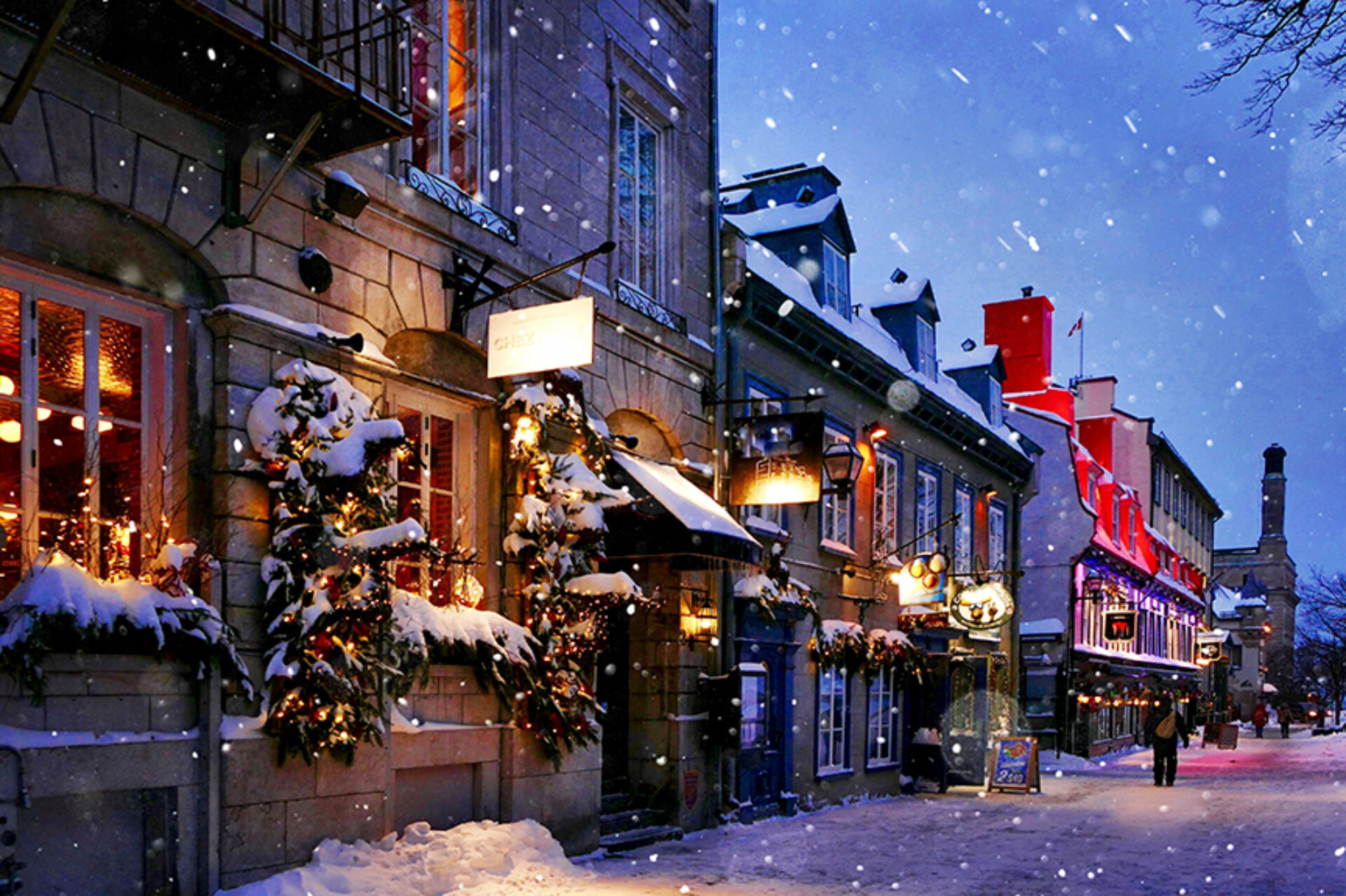
Low-down in Low-light
This season, we’re providing you with tips for capturing holiday memories in a three-part photography series. In the last post, we dove into photographing food. This week, we’ll explore more about taking photos in low-light situations, which you’ll likely come up against with shorter days and longer nights.
The lowdown on shooting in low light
During the holiday and winter months, it starts getting dark around 4:30 or 5 p.m. which means it’s quite likely that you’ll be taking some of these images during dusk or dark. Most people would immediately resort to using the flash in dark settings, but that’s not always the best course of action. So, what can you do to ensure images taken in the dark turn out crisp and clear?
- Shutter
Shutter refers to the length of time that the camera shutter is open—how long it takes the camera to actually capture an image. A slow shutter speed is used in darker situations, where the camera needs to be open longer to absorb more light. Your photos will turn out brighter and crisper if the camera can pick up as much light as possible. One-one-hundredth of a second (1/100th second) is a slow shutter speed that will work in most dimly lit environments.
However, because the shutter speed is so low in dark spaces, your camera will be unable to capture movement, and any movement that does occur will likely turn our blurry in the image. Using a tripod in low-light situations will help capture better photos for several reasons, which you can read more about in the Tripod section below.
- ISO—noise vs. blur
ISO works in tandem with shutter and aperture. This setting controls how bright your photos will turn out. As you increase the ISO, your camera becomes more sensitive to light, therefore turning out brighter photos. ISO can be incredibly helpful in low-light situations, but it does require that you make a decision between noise or blur.
When you take a photo with a super high ISO, you will see a graininess quality to your photo, which is also called “noise”. Sometimes, too much noise can ruin a great photo. And if the ISO is too low, the subject of your image will turn out blurry. It’s important to find a balance between the three pillars (shutter, ISO, aperture) when shooting in low light, or in any complicated photography situation. Try to stick to an ISO of 800 or larger (up to 6400).
Although you don’t want to see blur or noise in your photos, you might be in a position where you have to choose one or the other. In this case, some noise is typically preferred over blur. Viewer’s eyes have become accustomed to seeing noise in low-light images, but blur often comes off as a mistake. Noise is also easier to retouch later in post-production.
- Aperture
If you’re shooting in a low-light situation, you want to try to soak up as much light as possible. Whether your light source is coming from a store down the street, streetlights shining through the windows, candles, or even the moonlight, your camera should be able to pick up some useful lighting as long as the aperture is set correctly.
In any low light situation, you must shoot with your aperture wide open to let in as much light as possible. When figuring out aperture, it can get a little confusing, however. The smaller the number (measured in f-stops), the wider the aperture will actually be. So, shooting with an aperture stop at f/2 to f/1.4 is your best bet.
- Tripod
A tripod will really help to avoid blurry low-lit photos. No matter how practiced you are as a photographer, a low to mid-range ISO increases the probability of camera shake, and therefore, a blurry image. Likewise, a slow shutter speed means that your camera takes longer to capture the image. If you’re holding the camera, it’s likely you will move, even ever so slightly, while the camera is taking the photograph. Therefore, using a tripod (or even a completely flat, still surface, like a table) is a simple way to keep your camera entirely still.
Final Thought
As you’re out sledding under the moonlight, surrounded by the warm glow of candles, or having a night out on the holiday light-lined streets, think of all the wonderful memories you could capture now that you have some new tools at your disposal. Remember that low-light photos take time to capture, and movement isn’t likely to turn out well. So take your time, relax, and enjoy your surroundings as you shoot them.